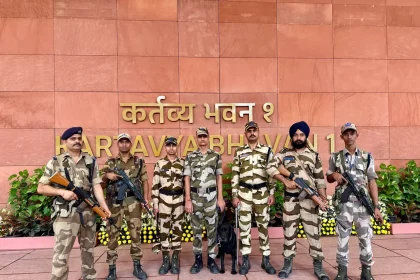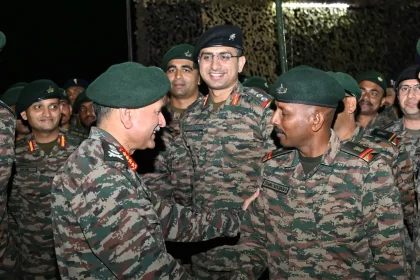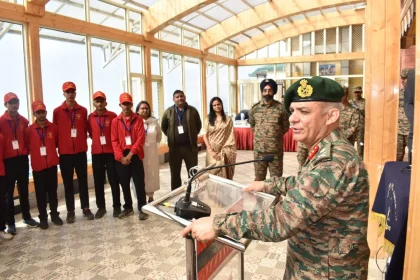Air Marshal Hardeep Bains Takes Charge as Air Officer-in-Charge Personnel
His appointment as AOP underscores the IAF’s continued focus on personnel welfare, operational readiness, and leadership development as it evolves…
CISF at Kartavya Bhawan – Securing the Nation’s Nerve Centre with Excellence and Vigilance
Renowned for its professionalism, discipline, and unwavering commitment, CISF will provide round-the-clock security at the new complex.
Military Hospital Pathankot Celebrates 100 Glorious Years of Military Nursing Service
From field hospitals in conflict zones to specialised care in military medical establishments, the MNS has consistently upheld its ethos…
Lt Gen Anindya Sengupta Inaugurates ‘Voice of Spiti’ Community Radio Station in Giu
Through such initiatives, the Indian Army continues to stand shoulder to shoulder with citizens, ensuring that even the most far-flung…
General Upendra Dwivedi Reviews Operational Preparedness at Bikaner Military Station
He concluded his visit by encouraging all stakeholders to continue their joint efforts towards ensuring national security and strengthening India’s…
Major General Ajay Feroz Shah Inspires Gujjar & Bakarwal Students During Visit to Army Training Command Shimla
The students’ visit to ARTRAC is a step forward in empowering them to become responsible citizens and active participants in…






